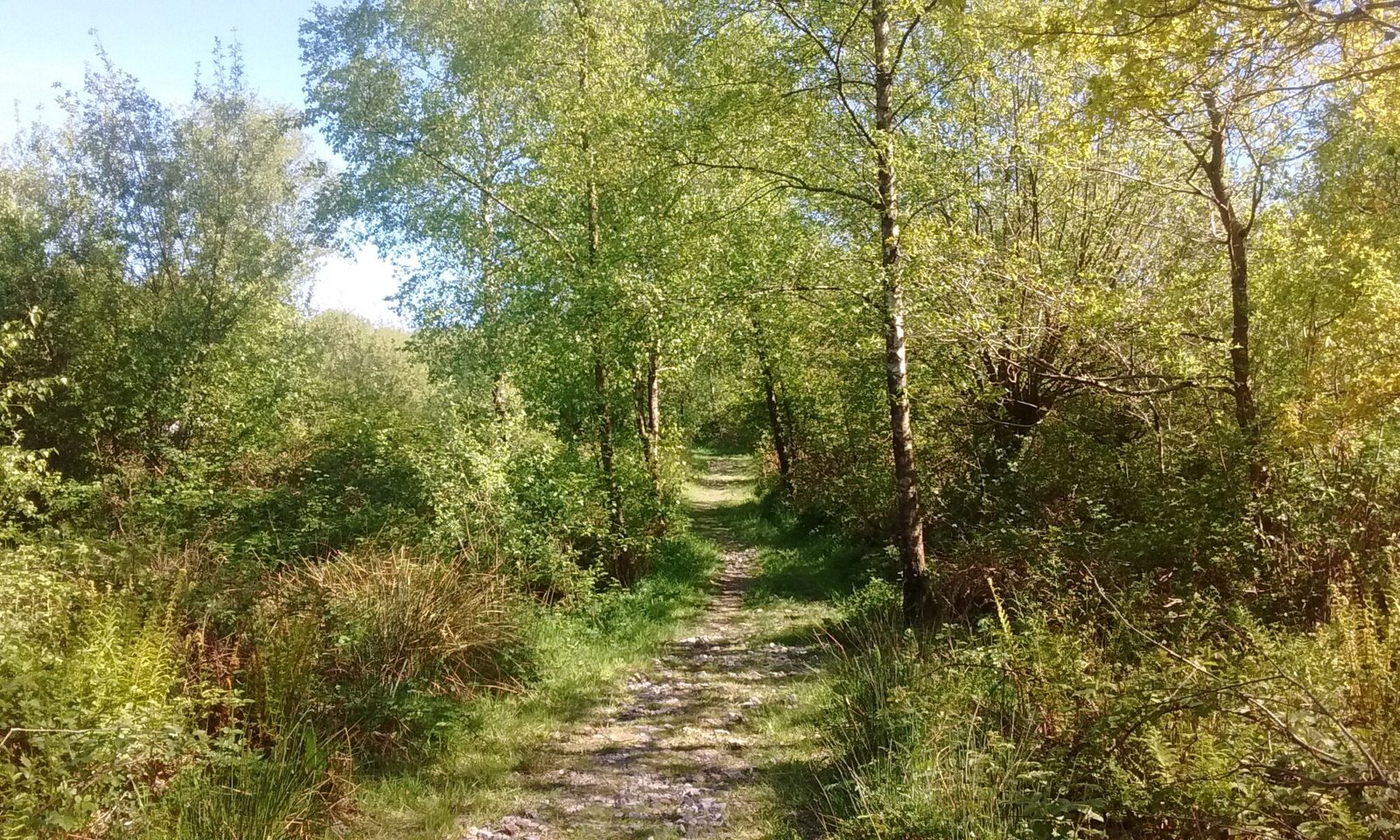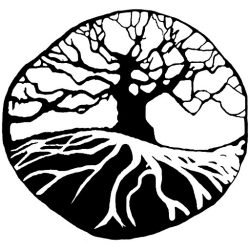
Background
An area of our land which is approximately 1.5 acres is designated as a site of wildlife interest by the Devon Biodiversity Records Office. It gained this designation as a patch of species rich (Culm) grassland which had survived the post-war period when 97% of species rich grassland was drained, or planted up as conifer plantation. This designation has no statutory protection and didn’t prevent the owner, at the time, from planting conifer on it, thereby shading out the grassland species or “improving” some of the grassland.
Soon after we bought the land, we started removing the conifer. We then managed the grass, by cutting it with a strimmer and removing the cuttings, to lower the nitrogen levels. This allows the wildflowers to compete with the grass. We tried planting it with yellow rattle in 2011, but this didn’t take well because the nitrogen levels were still too high and 2012 was exceptionally wet. However, the nitrogen levels on the ground have now been reduced considerably and wildflowers are increasing as a result as the grass has become weaker.
The Plan
Devon Wildlife Trust (DWT) created a management plan for the area on our behalf. We removed the remaining scrub from county wildlife site, leaving some trees, but opening the area up considerably. We also cleared some other grazing on our land, which is now wood pasture. We’ve partially blocked some ditches to rewet the land. The county wildlife site has been fenced with help from DWT (funded by the EU and South West Water.

Initially, we grazed it with Shetland sheep. They’re a hardy breed which eat the regrowth on the scrub and brambles as well as grass. Sheep graze the grass right down to the ground, removing vegetation which could shade out seeds. Then we scarified the ground to expose the soil and reseed with green hay and seed collected from local species rich grassland. The sheep then stayed on the culm over winter, to keep the grass down. This ensured that the wildflower seedlings got adequate light.
The land is managed on an ongoing basis, by lightly grazing it with Dexter cattle. The right grazing regime is essential to manage the culm grassland. If you graze too low to the earth, you release carbon from the soil. For this reason, there will be some carbon loss during the reseeding process, but this is limited and enables greater environmental benefits, including carbon sequestration. If you don’t graze at all, the dead grass builds up and shades the lower wildflowers and other vegetative growth. Scrub will eventually take over. We will graze it with a cow with a calf at foot and a steer, at the time of writing this and will probably never have more than 3 cows at any time, including calves. We will continue rewetting the land over time, by blocking more ditches. This is done bit by bit, whilst also improving our tracks enough, so that we can get around in the boggy conditions that it creates.
The Benefits
Habitat
Our land was once part of a vast area of species-rich culm grassland. Very little now remains of this vital habitat. The patches that remain on our land, provide habitat for a rich diversity of wildlife including water voles and a number of red-list birds. These are specialists which require boggy ground. This boggy ground is undesirable to humans, which is why it has been drained almost everywhere that it used to exist. Wildflowers within the grassland are a great food-source for pollinators. By enhancing and expanding this habitat, we hope to mitigate some of the habitat loss that has occurred.
Flood Prevention
Our land lies right at the top of the catchment area for the River Taw. We have previously redirected and blocked ditches to give a less direct route for water to leave our land as part of an “upstream thinking” approach to flood prevention. This culm restoration project will make our land much more effective at preventing flooding downstream. Culm grassland, especially if it has a high sphagnum moss content, holds water like a sponge, then slowly releases it over time. This delay in releasing the water, prevents all of the rainwater from entering the river at once, which can cause flooding.
Carbon Sequestration

When managed correctly, wetlands have the potential to sequester large amounts of carbon. Peat is created when sphagnum moss and other plant matter is submerged in acidic water, effectively pickling the vegetation. This prevents it from releasing its carbon through decomposition. As cattle walk on the wet grassland they trample the vegetation down into into the acidic water. Then more vegetation grows on top, which in turn is trampled down on top, creating an ever deeper layer of pickled and compressed vegetation. For this to be successful, the land has to constantly remain wet. If it dries out, the carbon will be released. It is partly for this reason that we are blocking ditches to rewet the land. The peat bog will sequester more carbon than an equivalent area planted up as woodland.

